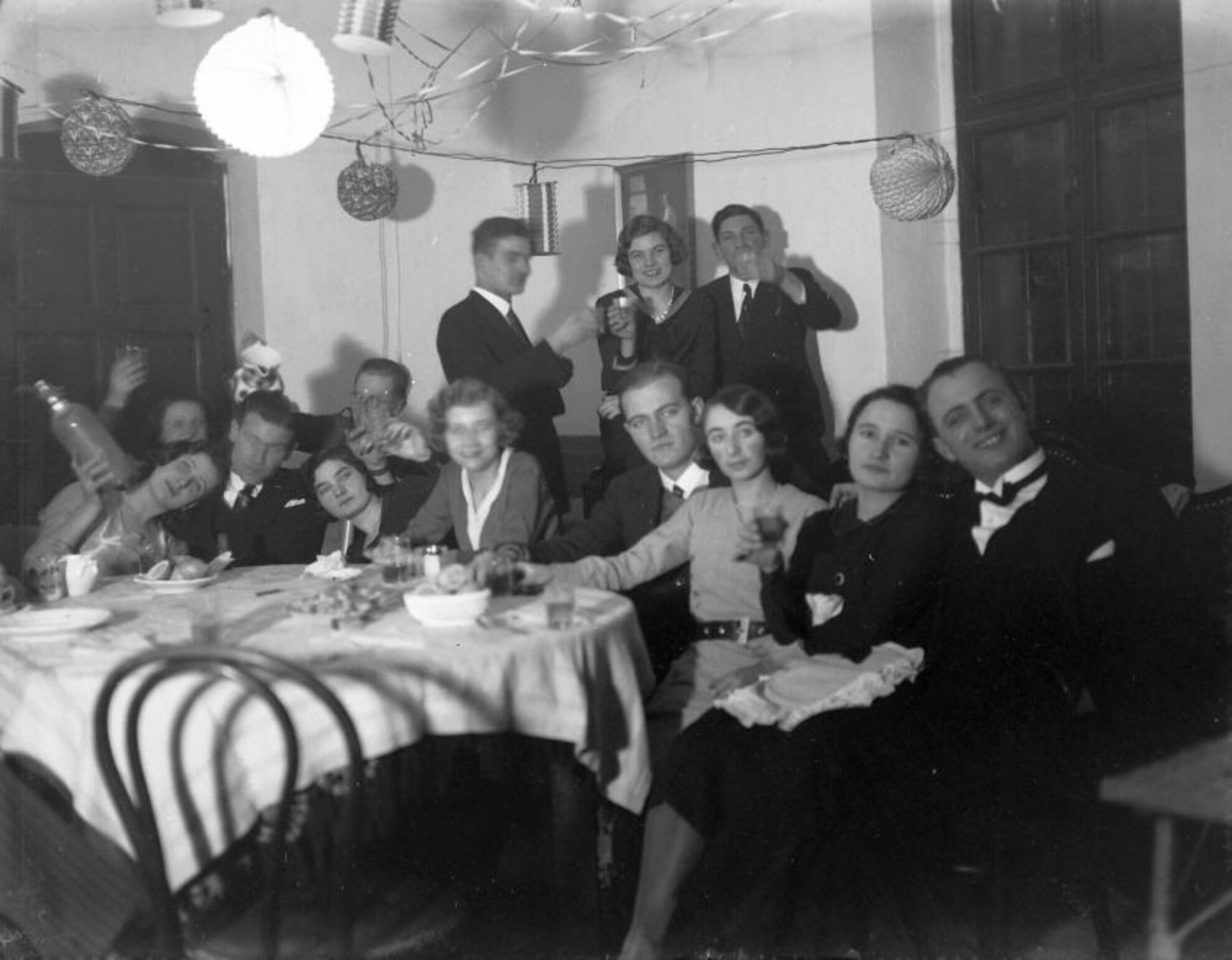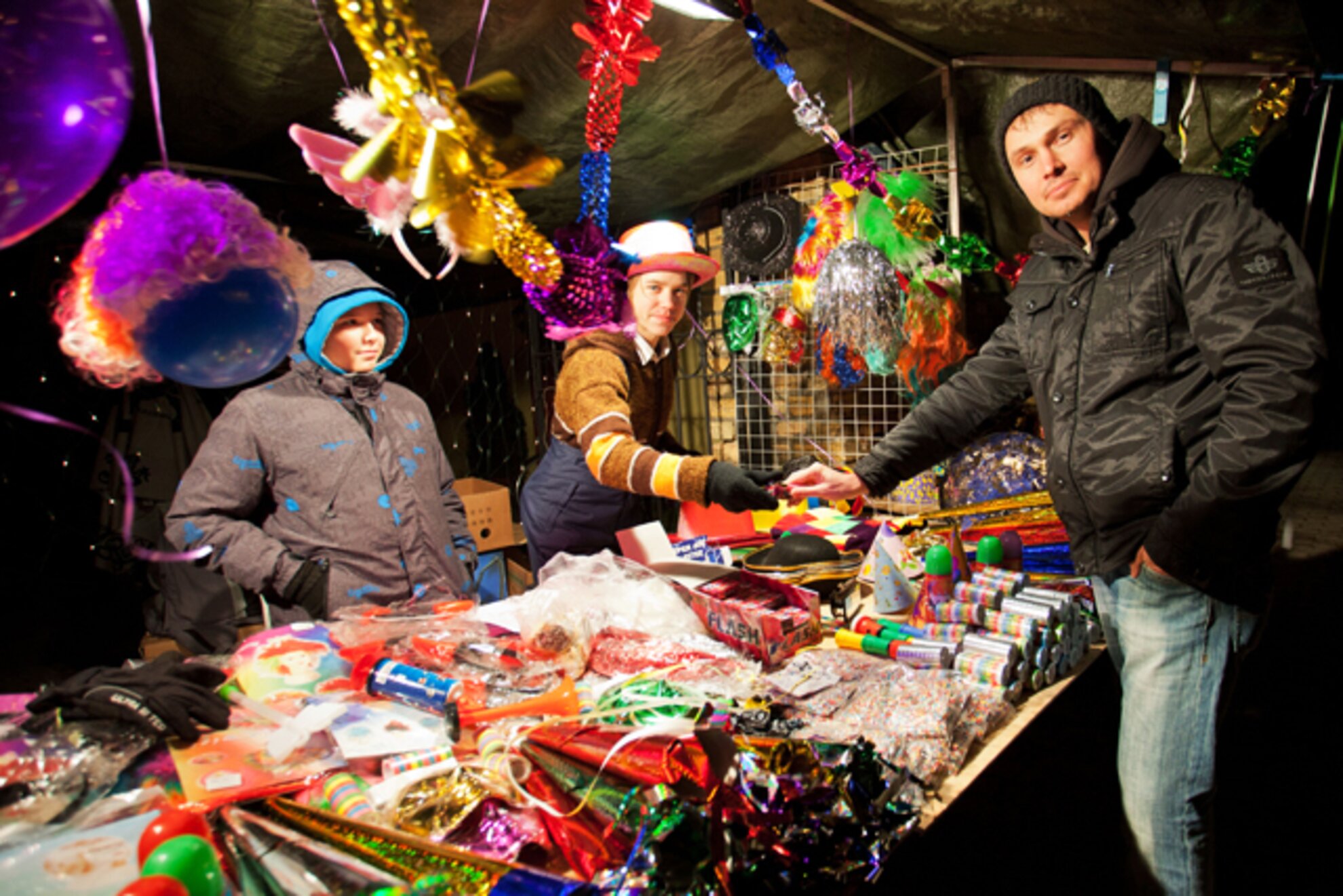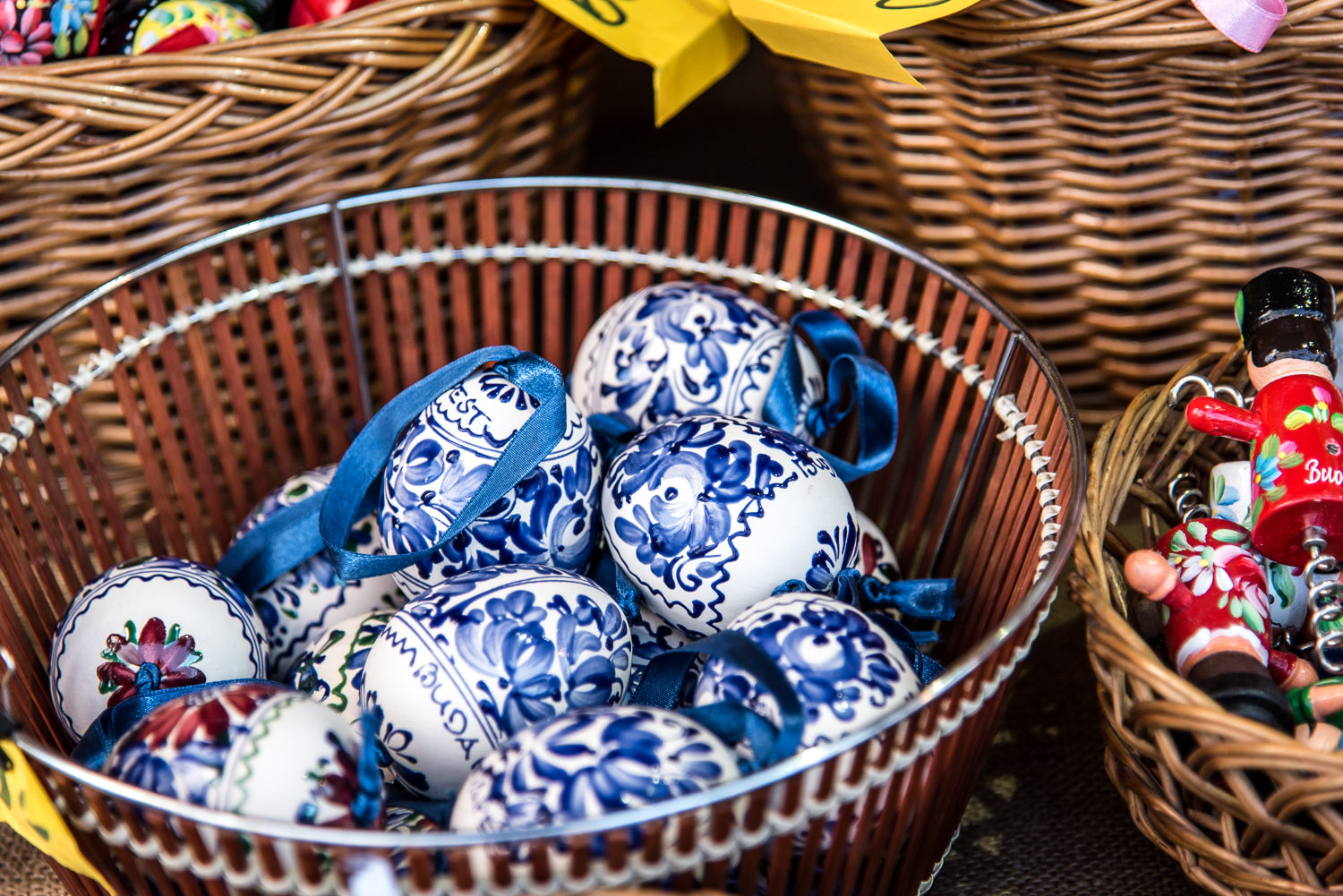According to old-time Magyar lore, every step we take while entering the New Year – from our choices to our meals to our merrymaking styles – affects the upcoming 365 days, and this prompts many to spend New Year’s Eve by devouring designated dishes, being surrounded by the cheerful company of family and friends, and making a point to wish each other health, happiness, and wealth. Then on January 1st, even more customs await, as superstitions for that day dictate certain treats and deeds (both to do and to avoid). Although some of these rituals may seem silly in our modern world, these luck-effecting practices often date back centuries, and many of them are still very much alive today countrywide.

With plenty of livelihoods depending on the yearly crop, Magyar ancestors were fascinated by projections, and most farmers were anxious to find out what the weather would bring in the upcoming months. One of the common customs they established at the year’s conclusion is to create a calendar with salt-soaked garlic cloves representing each month of the year; the effect of the salt on the garlic was purported to predict dry or rainy conditions.

Love predictions were frequently sought after as the year came to an end, as unmarried girls longed to know who they might walk down the aisle with in the New Year. One prevalent practice was for single women to prepare 13 dumplings, stuffing 12 of them with small paper pieces – each one containing the name of a potential fiancé. The lonely girl would throw her dumplings into boiling water at midnight, and the first one that would emerge to the surface was believed to contain the name of her future spouse. (If it was the unfilled dumpling that bubbled up first, the girl couldn’t expect a serious wooer in the coming year.)To avoid misfortune in the months ahead, the first day of the year involved several superstitions and taboos, with many of them still in place today. Some of the oldest beliefs are that those who take out the trash on the first day of January will also throw away their luck for the coming year, while anyone who decides to hang out freshly washed clothes to dry can expect death to approach the house – and if anyone wants to borrow something, it’s advised to turn them down, or funds and assets will continue to flow away from your home all year long.

While many of these traditions are fading in recent years, beliefs that surround New Year’s meals are still strongly practiced in most Magyar families, as superstition has it that what we eat during these days has a strong impact on the upcoming months: on December 31st, lucky meals contain fortune-bringing roasted pork, as it is believed that pigs root up good luck – but nobody should eat chicken (because the birds scratch away success) or fish, which swim away with good fortune. Hungary’s signature New Year’s Day dishes include loads of lentils, as wealth is destined for those who start the year by scoffing down a bowl of lentil soup or stew.

Today, cacophonous celebrations mean earsplitting horns, banging fireworks, and bursting firecrackers, but noisemaking actually derives from an ancient tradition: in the olden days, women used to get rid of evil spirits by making loud sounds and beating pots and pans around the kitchen at midnight as the fresh year began.

As New Year’s Eve approaches in Budapest, vibrant stalls are popping up around the city streets to proffer all sorts of modern-day luck-boosting merchandise, including miniature horseshoes, polished piggy coins, and plastic four-leaf clovers, all of which should bring health, success, and prosperity for the year ahead. Furthermore, these booths are filled with numerous fireworks and noisemakers to ensure a raucous celebration into the New Year amid flowing champagne, colorful confetti, and exorbitant euphoria. Happy New Year, Budapest!




